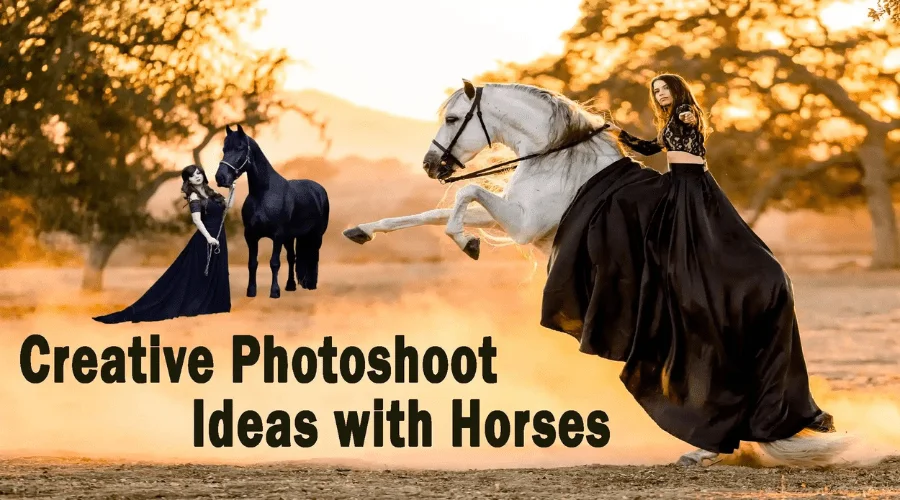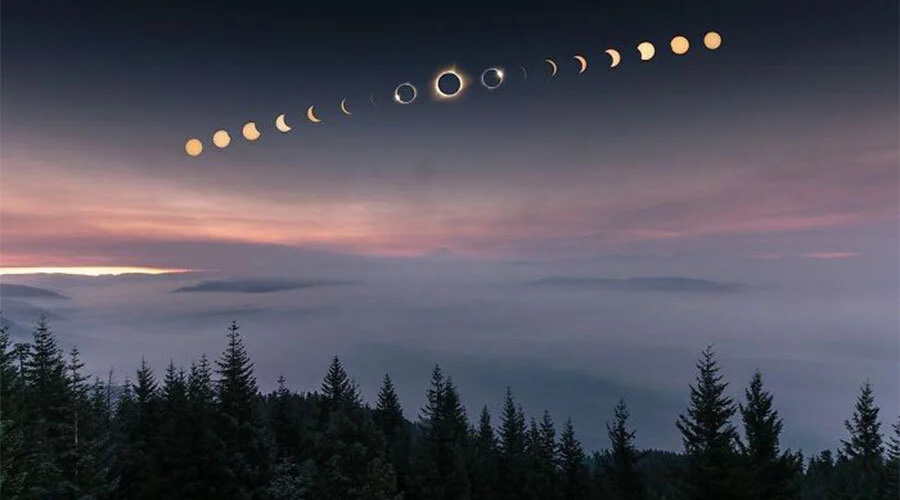
10 Excellent Tips for Aesthetic Photography
It's the goal of aesthetic photography to produce pictures that are distinctive from the rest. They draw attention to themselves and keep it. They have a striking appearance and are vibrant. But what exactly are artistic images? Why are they so captivating, then?
We'll delve deeply into the field of aesthetic photography. We'll examine the methods and motivations used by photographers to develop their personal style. We'll also provide you with some fantastic advice for producing outstanding examples of it.
Some planning is required if you want to capture a beautiful shot. Here, we are sharing some excellent tips for aesthetic photography.
Why Do You Need Aesthetic Photography?
A strong photographic aesthetic aids in the recognition of your work. They will be able to recognize your photos as yours when they see them. It helps build your reputation. Additionally, it will attract fans and customers. Your photographs are your product when you are a professional photographer.
Additionally, just as with any other product, brand recognition can help you improve your position in the market. Your photography will be recognizable to customers and clients. It increases its recall value and your reputation.
Photographers with a distinctive aesthetic are aware of and embrace their niche. Their work might include a variety of photographic styles. However, regardless of the genre, they are working in, their aesthetic sets their images apart.
Have A look at the 15+ Tips for Aesthetic Photography!!
Use Simple Composition
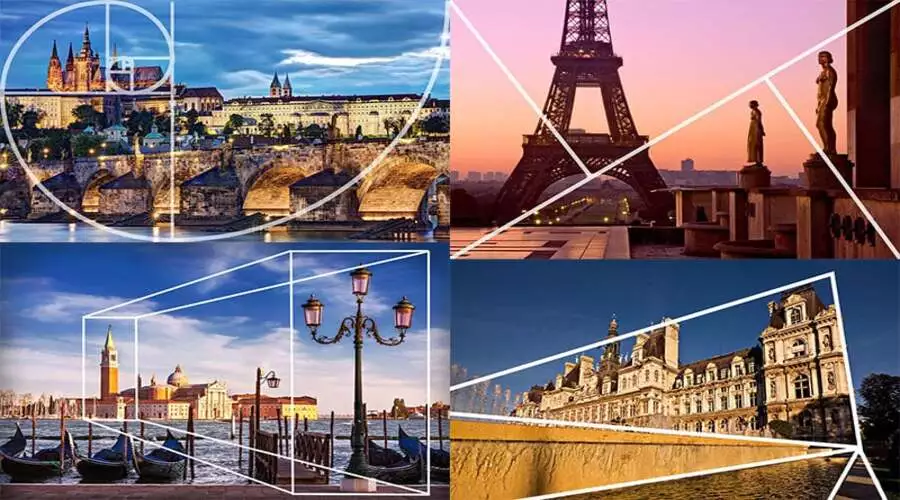
A photograph can have a pleasing composition using a variety of techniques. The Composition can be used in a variety of ways to produce beautiful images. But one fundamental rule is to make things straightforward. Avoid over-detailing or adding too many distractions to your photographs.
Give your subject room to breathe and stick to one compositional approach. A crowded composition can be used in many different styles of photography.
However, a cluttered image isn't attractive. Street photographers and photojournalists frequently use chaotic compositions. It intensifies the tension and creates drama. However, some photographers aim to shock and thrill with their photos. The way you approach attractive imagery must change.
Use The Rule of Thirds
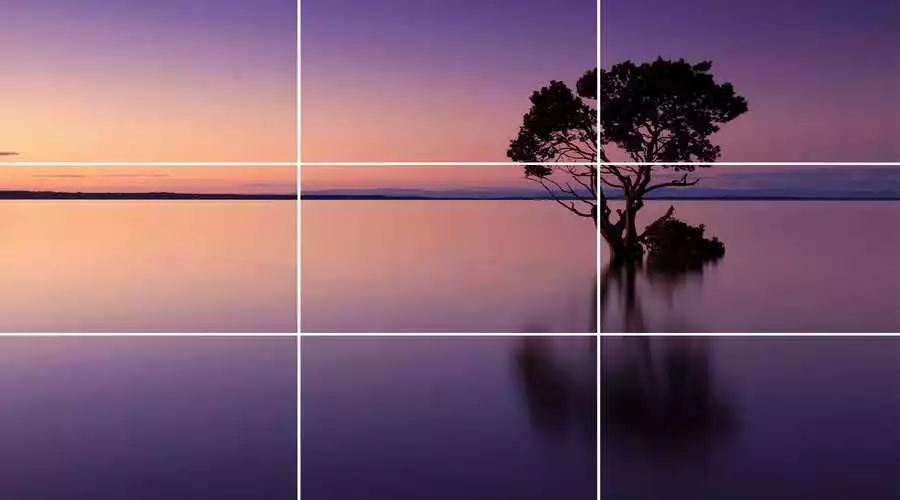
The rule of thirds is applicable in almost every step of photography. We can say it is one kind of bible for photography. If you use this technique, your images will be more appealing than traditional images. Our eyes will explain that image easily, and you will have great user attention.
Guide the Eye With Leading Lines
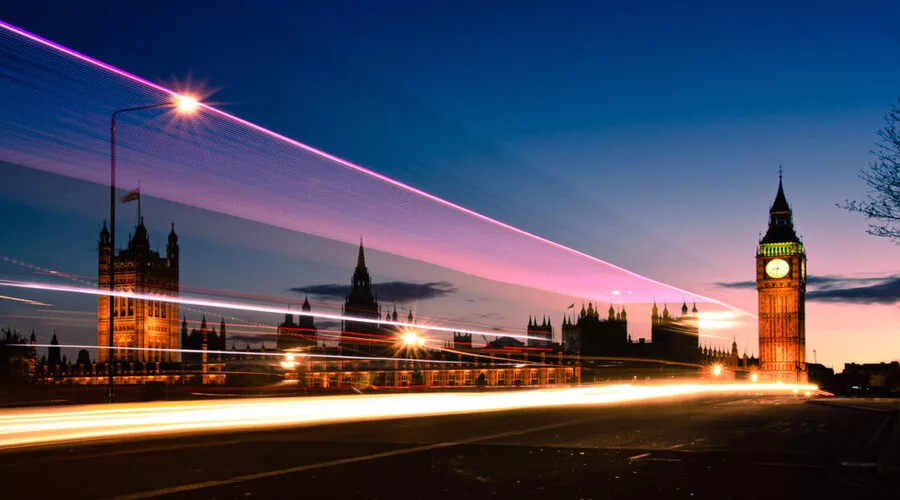
A traditional photography trick for directing the viewer's eye is the use of leading lines. To guide viewers' eyes and brains through your images, use natural lines in the composition. When employed properly, you may direct your audience's attention in the direction you desire.
Whatever you discover could be the lines. However, they ought to be organic components of the environment. It might be a pathway or a handrail. Alternatively, it might be a train track or a row of columns. You can even utilize wood grain if you're taking closeup photos.
Smooth, uninterrupted lines are what you want in a beautiful photograph. The eye can be led by ragged lines. But traveling along straight lines is more peaceful. Long, unbroken lines are slow.
Harness the Power of Symmetry
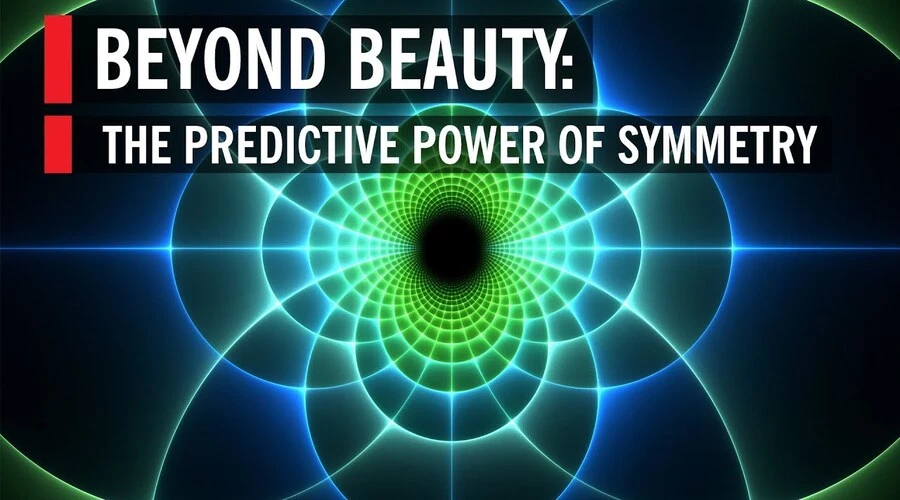
The brain enjoys symmetry. It looks good to the eye. Additionally, it fosters a sense of harmony. It is thus yet another tool at your disposal for producing artistic images.
Look for analogies in your surroundings. You might be able to locate leading lines that cross each other. Or perhaps you can identify a pattern that repeats in the same manner.
Urban settings make great backdrops for symmetry. They are filled with sharp angles and geometric shapes. However, symmetry isn't exclusively found in urban structures. It can be found wherever you have related items. Another excellent source is the reflections in the water.
Colors Should be Complementary
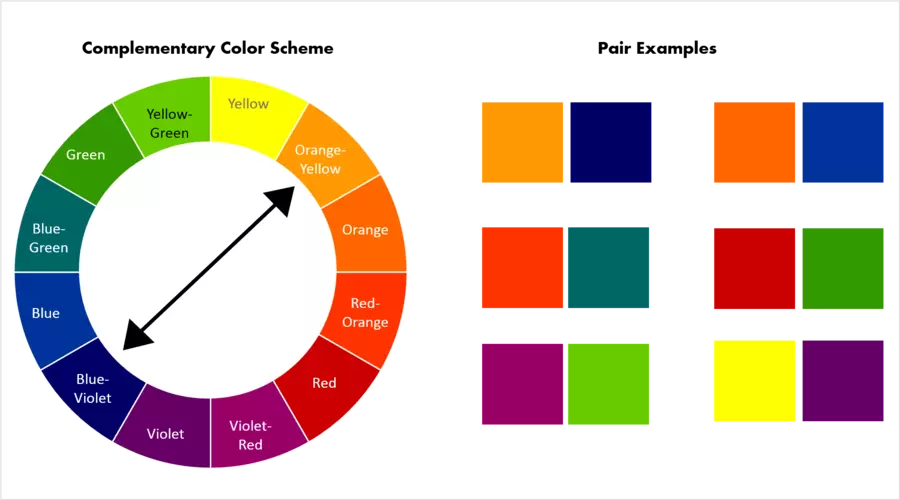
Working in the creative business requires a solid knowledge base, which color theory provides. And applying this information is a great approach to producing beautiful images. When learning about color theory, start with the color wheel.
You will be better able to comprehend and picture how various colors interact with one another. For a smart output, you must select the perfect color combination for the photo. It must be visually appealing.
Use a Prominent Subject

Gestalt theory is related to having a prominent subject. Even though Gestalt is a psychology theory, we may apply some of its photographic principles to produce visually appealing pictures. Aesthetics aesthetic advice.
It is focused on how the subject and background appear to be related visually. It tells us that we require a subject that takes pride in its environment. This makes it simpler for us to recognize the picture's subject.
It will require some effort to isolate the subject if the background is cluttered and the subject is unimportant. Our lives are made easier by photos with distinct subjects that are devoid of distractions. It will enhance the aesthetic appeal of the image.
Use a Shallow Depth of Field
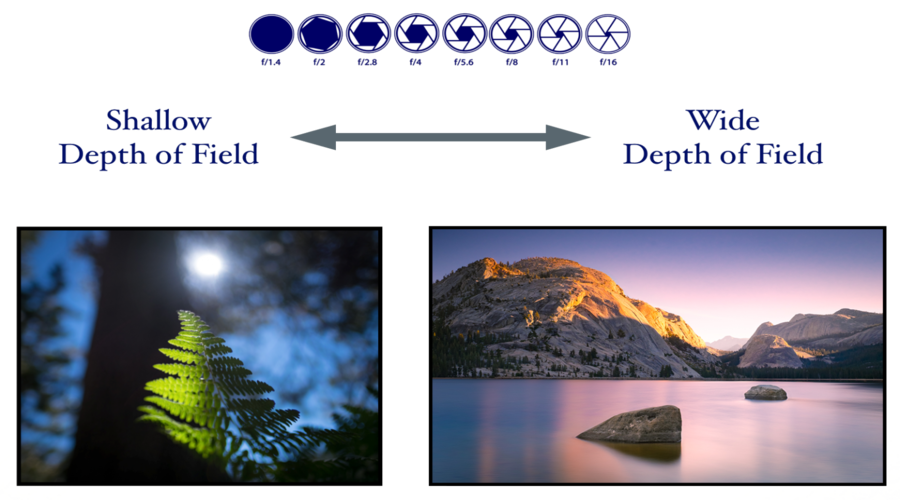
This method of photography is ideal for drawing attention to your subject. Where you wish to focus is literally brought into focus, leaving everything else fuzzy and indistinct.
How much of your photograph is in focus is referred to as "depth of field." A greater distance will be in focus if your depth of field is wide. A short depth of field narrows the focal point to a limited region.
It is frequently employed in portrait photography because it allows the photographer to focus primarily on the subject. The background blurs, creating a beautiful bokeh effect in the picture.
Utilizing this bokeh effect allows you more creative freedom when taking beautiful images. The photographs have a dreamlike feel due to the soft forms and tones that are produced by the lack of focus.
Look for Rhythm and Repetition
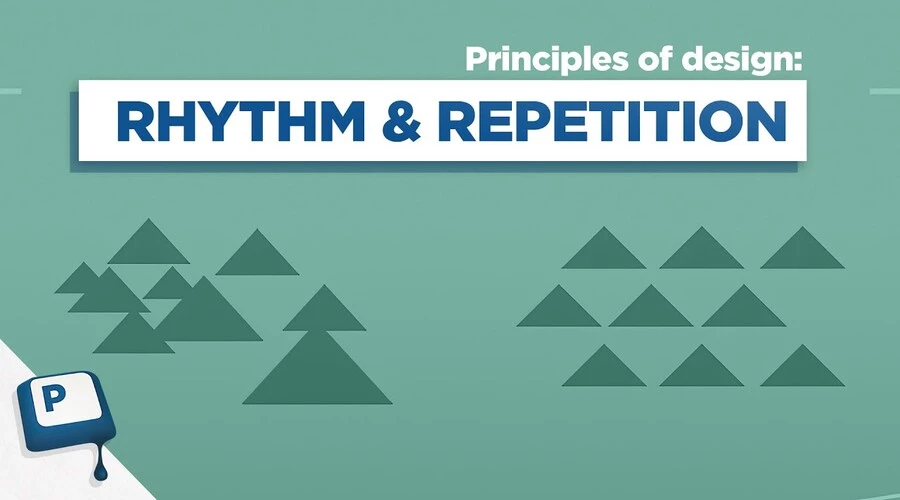
Perhaps you wouldn't connect rhythm to photography. But certain images take on a rhythm when objects and forms appear again. The forms do not have to be the same. They may look similar or even have echoes of one another.
Trees on a walkway or hot air balloons in the sky can serve as the rhythm's beats. However, they must maintain consistency in their stance. Photographs with repeated shapes can be beautiful. However, rhythm requires a beat. Consistent repetition is what creates the beat.
Develop Your Technique

It's absolutely normal to experiment with approaches and styles in the early stages of your photography development. But as you advance, you must improve your procedures. Determine the type of images you wish to take. The camera is where you should begin.
What kind of camera you use is irrelevant. It might be a mirrorless or DSLR camera. Alternatively, you might continue to practice film photography. You must master the settings if you want your photos to look good.
You need to locate the environments that provide the aesthetic you desire. When you master them, every shot will produce results that are comparable. Adjustments and tweaks are possible. However, if you start along the proper path, try to follow it.
Be Consistent in Your Editing Process
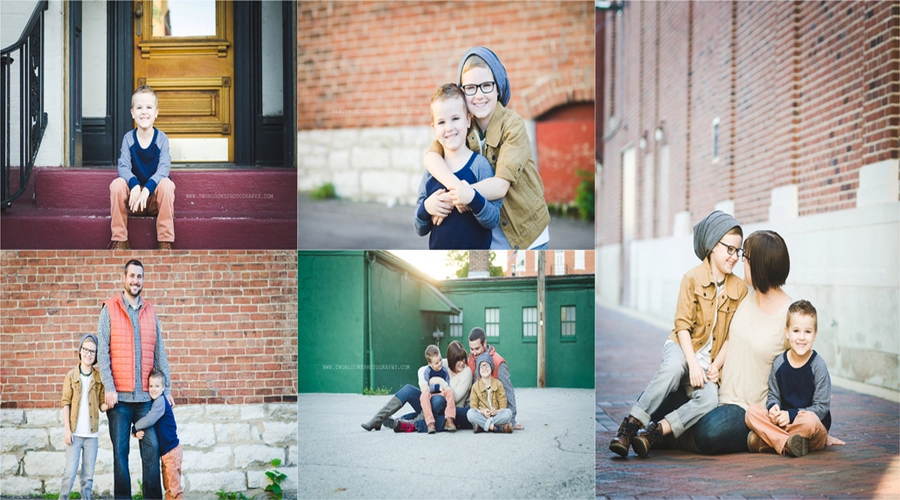
You have complete control over how much photo editing you do. Your editing procedures must nevertheless be constant if you want to develop a distinctive style and appearance.
Avoid using a lot of different post-processing methods. You can use minimal editing and adopt a minimalist style. Or maybe you'd prefer to take a road that involves lots of production. Both are fine choices as long as you choose one and stick with it.
Furthermore, you have complete control over the applications you use. Excellent post-production software with outstanding editing features including Photoshop and Luminar Neo. Additionally, Adobe Lightroom is available for quick edits.
Wrapping Up | Aesthetic Photography Tips
These are the most fundamental tips for capturing the best shots. If you follow all these rules, it will be easy for you to capture an amazing shot. Please let me know if you like to learn more about different tips & tricks related to photography. We like to hear from our audience.
You can directly send us an email at info@wikilearns.com. Have a great day! If you think this content is helpful to you, do not forget to share it with your friends.
Relevant Articles-
20 Best Newborn Photography Ideas for Professionals
FAQ
Which one is the most effective trick for aesthetic photography?
The third rule is the most effective solution. It will make your photography aesthetic & user-friendly.
Which one is the best camera for aesthetic photography?
There is no hard-and-fast rule for choosing the best camera for aesthetic photography. In my opinion, the Canon and Nikon series work best, and their picture quality is truly amazing.
Should I always follow the rule of the third law?
Yes, obviously. It is necessary to make the image visually appealing. If you maintain a 3:2 ratio within the image. it will take the images to the next level. If we look at the greatest images of all time, almost every photographer has followed this strategy.


